This nanoparticle cancer therapy hijacks biological processes to target cancer cells and destroy them with self-assembling components.
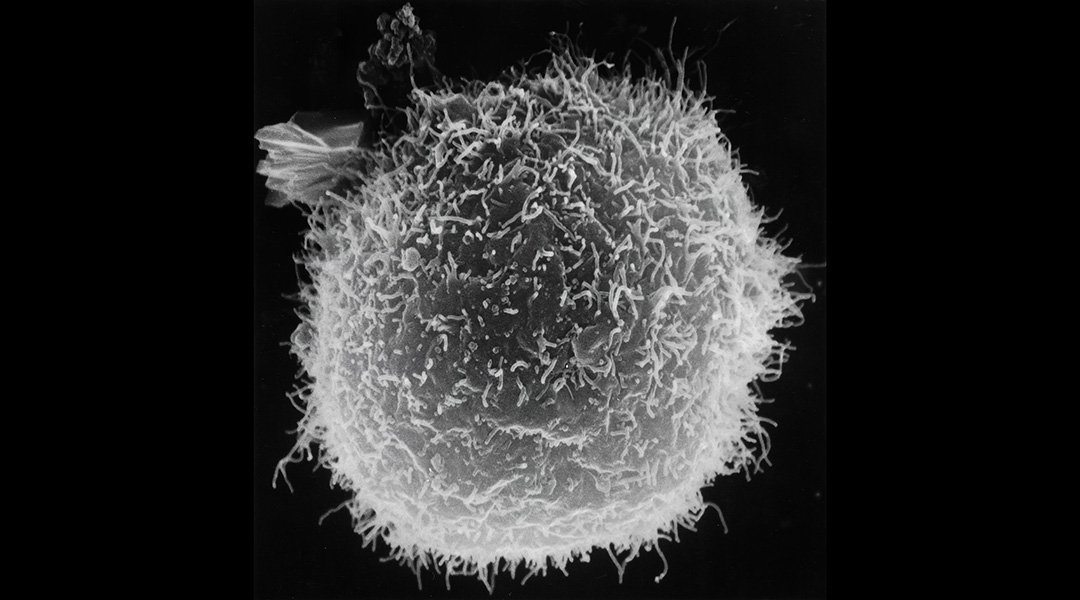

This nanoparticle cancer therapy hijacks biological processes to target cancer cells and destroy them with self-assembling components.
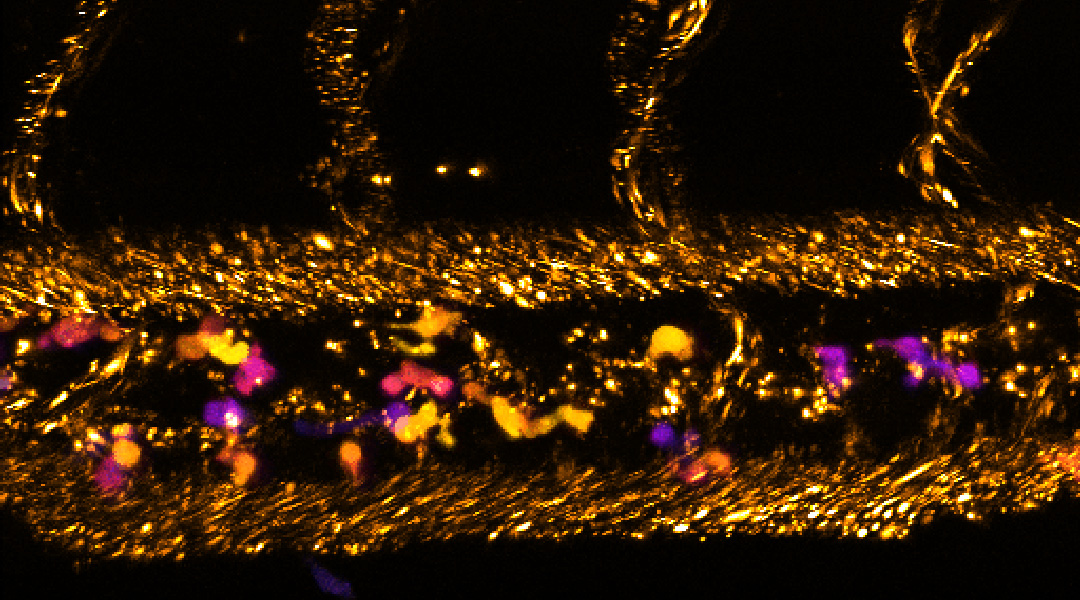
A new way of reprogramming the body’s immune cells to seek out and eliminate cancer cells, acting as an internal cancer therapy.
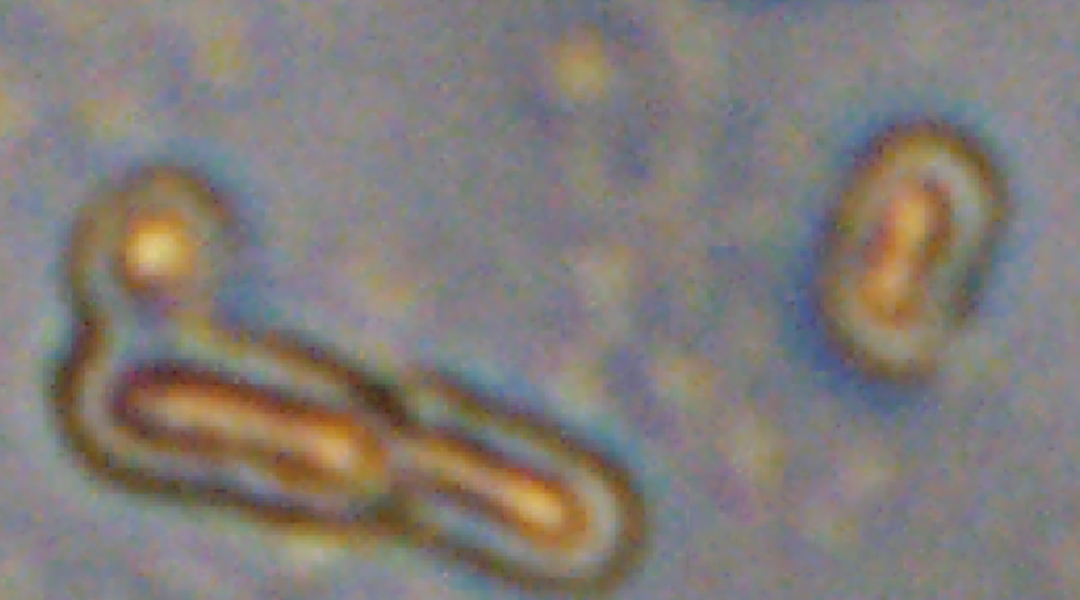
Implants containing cyanobacteria help produce oxygen within heart tissue to repair damage done after a heart attack.

Microrobots dubbed “microwalkers” can both swim and walk, allowing them to transverse challenging biological environments.
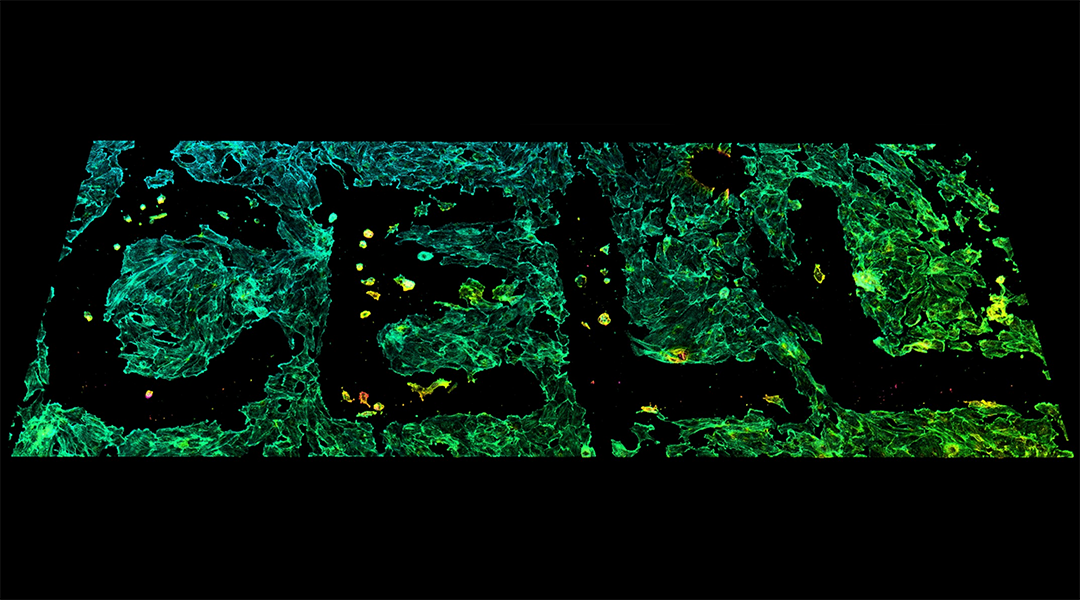
A 3D hydrogel model provides key insights into how cells sense and respond to elements of their environment.
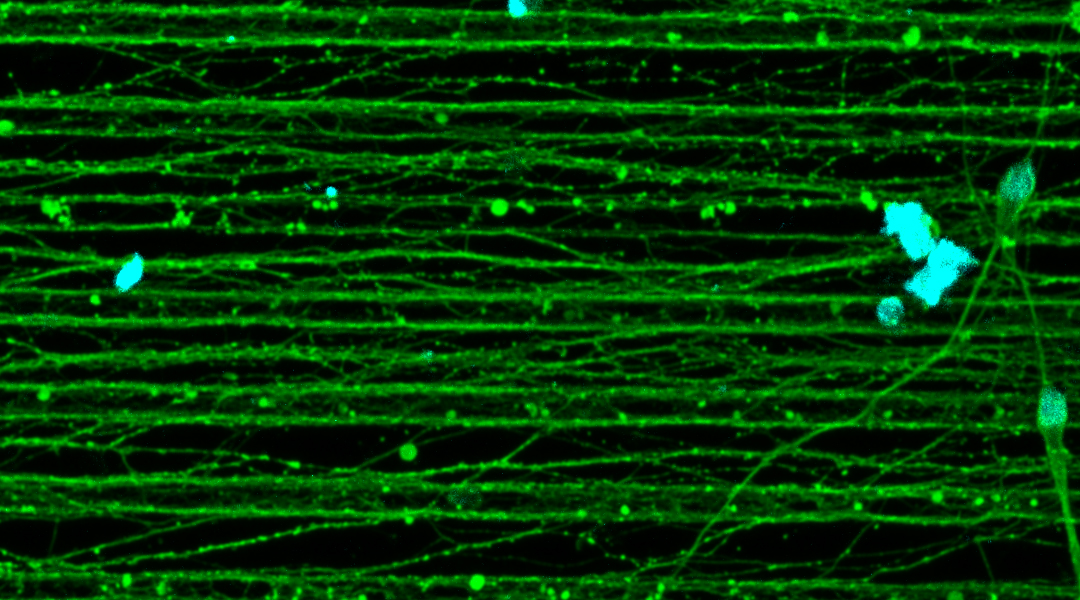
Nerve cells are difficult to study in cultures as conventional experiments don’t allow natural growth, but a new platform aims to change this.
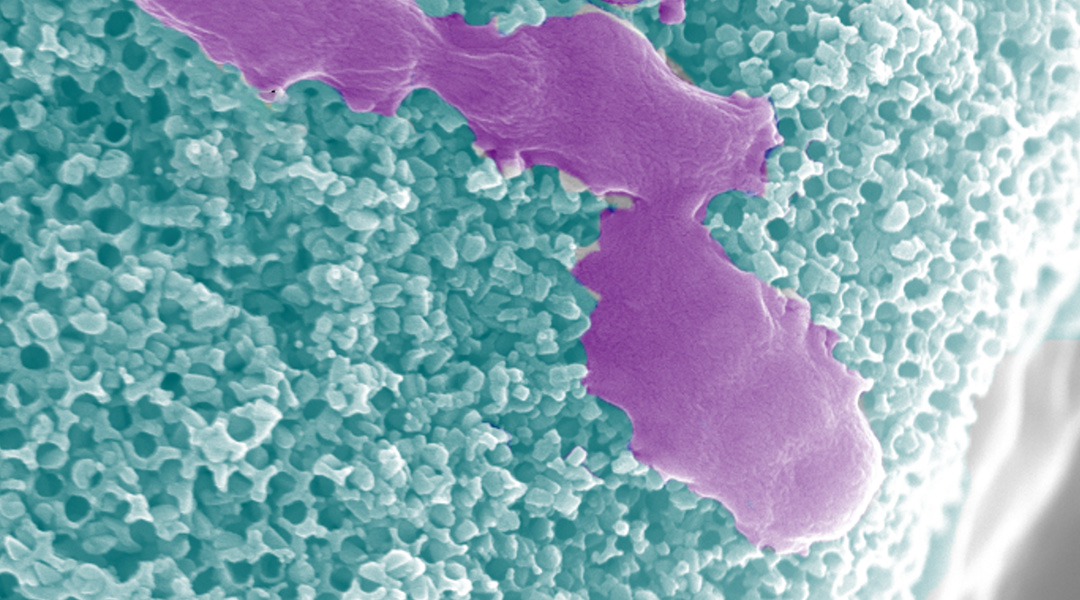
Hybrid microrobots harvest chemical energy from their environment for self-propulsion while releasing reactive species to kill bacteria.
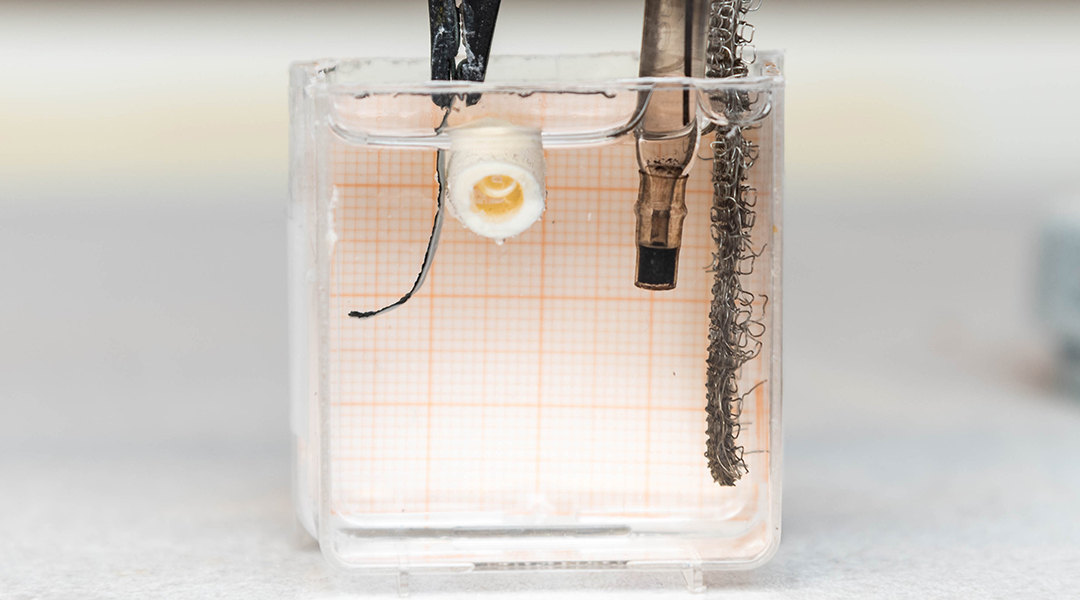
A new material gives way to simple microrobots that take advantage of mineralization processes in the body to help in bone repair.
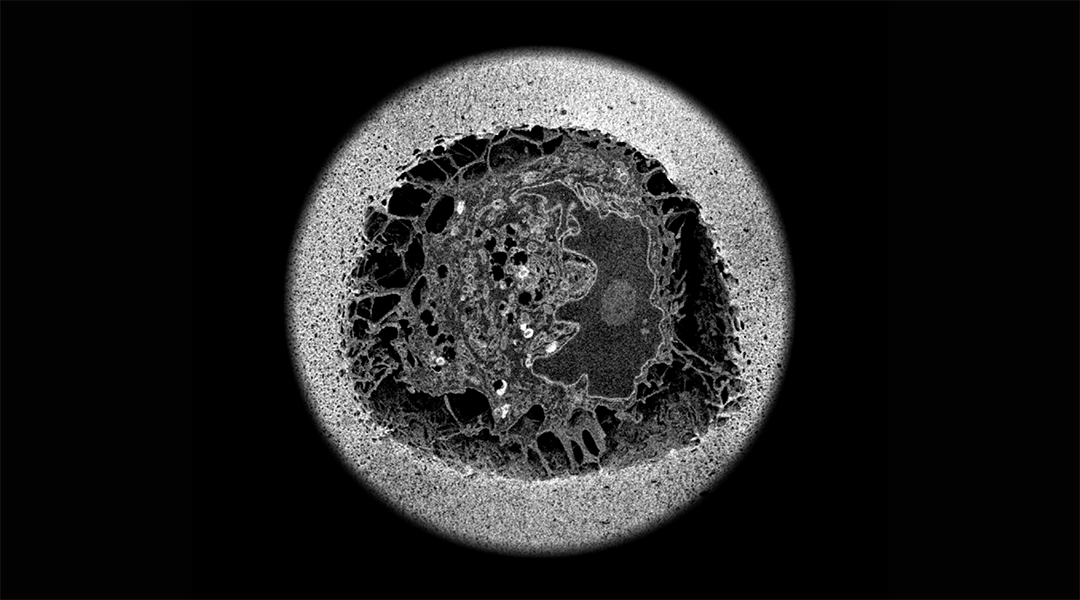
A natural chemical tether helps researchers attach cells to inert biomaterials for better cell models and therapies.
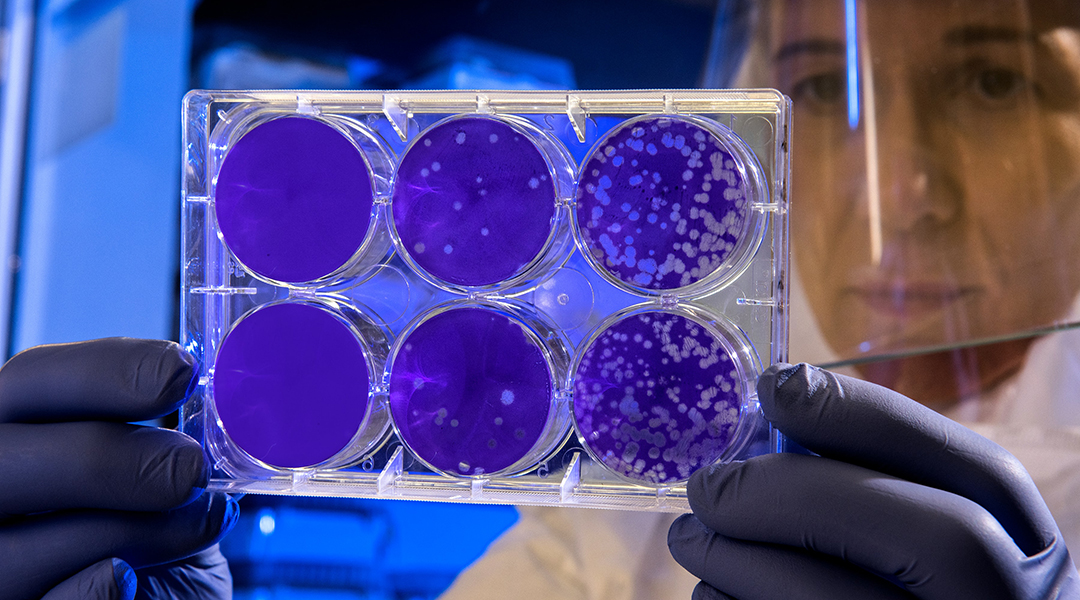
Living machines made from drug-carrying bacteria target tumors to improve the effectiveness and safety of chemotherapies.